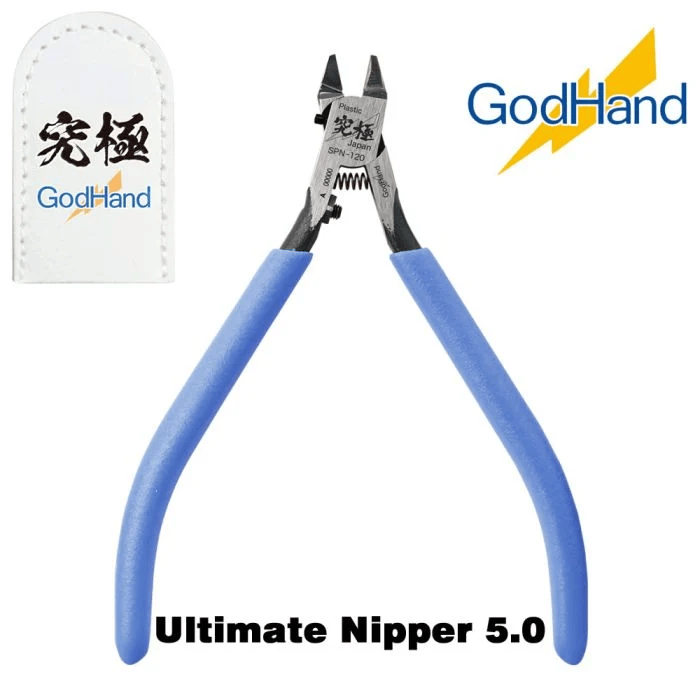Unimodel 1/72 Pz.Kpfw.III Ausf.G WWII # 293
The Pz.Kpfw. III Ausf. G (Panzerkampfwagen III Ausführung G) was a medium tank variant developed and used by Nazi Germany during the early stages of World War II.
As part of the Panzer III series, the Ausf. G represented an important step forward in terms of both firepower and armor compared to earlier models, while still retaining the general characteristics that made the Panzer III a core component of the German armored forces.
Key Characteristics:
Armament: The Ausf. G was armed with the 5 cm KwK 38 L/42 gun, a significant upgrade from the earlier Panzer III models that were equipped with a 3.7 cm gun. This new 50 mm gun gave the Ausf. G improved anti-tank capabilities, allowing it to engage and destroy most early-war Allied tanks. In addition, the tank was fitted with two 7.92 mm MG34 machine guns, one coaxial with the main gun and the other mounted in the hull, to handle infantry and light vehicles.
Armor: The armor of the Pz.Kpfw. III Ausf. G was enhanced compared to its predecessors, with 30 mm of frontal armor on both the hull and turret, and 30 mm of side armor as well. This gave the Ausf. G better protection against anti-tank weapons and made it more resilient on the battlefield, though it still remained vulnerable to heavier anti-tank guns and artillery.
Engine: The Ausf. G was powered by the Maybach HL 120 TRM engine, producing 300 horsepower. This engine gave the tank a top road speed of approximately 40 km/h (25 mph) and a range of about 165 km (103 miles) on roads, making it fairly mobile for its time. The combination of decent speed and improved firepower made it a versatile vehicle capable of a range of battlefield roles.
Crew: Like other Panzer III variants, the Ausf. G was crewed by five men: a commander, gunner, loader, driver, and radio operator/machine gunner. This crew configuration allowed for better battlefield coordination, with the commander focusing on tactical awareness and issuing commands, improving the vehicle's overall effectiveness.
Suspension and Mobility: The Ausf. G used a torsion bar suspension, which provided relatively good off-road mobility, allowing it to traverse rough terrain more effectively than earlier models. This mobility made the Ausf. G suitable for a variety of combat situations, from open fields to more challenging terrain.
Production and Service:
The Pz.Kpfw. III Ausf. G was produced between 1939 and 1940, with around 600 units manufactured. It saw extensive action during the early phases of World War II, including the invasion of Poland in 1939, the Battle of France in 1940, and the North African Campaign. By the time of Operation Barbarossa (the invasion of the Soviet Union in 1941), the Ausf. G was still in service but was gradually being supplemented by newer Panzer III variants.
Operational Role:
The Panzer III Ausf. G was designed primarily as a medium tank with a focus on anti-tank combat. Its main gun was adequate for engaging most Allied tanks early in the war, and its speed and mobility allowed it to be used in fast-moving, combined-arms tactics, which were key to the success of German Blitzkrieg operations. The Ausf. G was also capable of providing support for infantry and other vehicles, making it a well-rounded vehicle for a variety of roles.
Limitations:
While the Pz.Kpfw. III Ausf. G was a capable vehicle for its time, it did have limitations. As the war progressed, its 50 mm gun became increasingly inadequate against newer, better-armored Allied and Soviet tanks, such as the Soviet T-34 and KV-1. The armor of the Ausf. G, while decent for early engagements, also became insufficient against more powerful anti-tank guns that emerged later in the war.
Conclusion:
The Pz.Kpfw. III Ausf. G was a vital part of the German armored forces in the early stages of World War II. It struck a balance between firepower, armor, and mobility, making it a versatile and effective tank for the Blitzkrieg tactics used by Germany during their early campaigns. However, as the war advanced and tank technology evolved, the Ausf. G was eventually outclassed by more powerful tanks, both on the German side and among the Allies. Nonetheless, it laid the foundation for subsequent Panzer III variants and played a key role in the early successes of the Wehrmacht.
Did you know we are the UK's largest GodHand Tools stockist and official UK distributor!
Check out their amazing Ultimate Nipper 5.0, which is the best Nipper on the market.
All Godhand tools are available for next-day delivery.

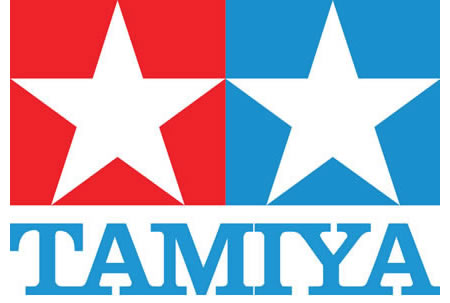
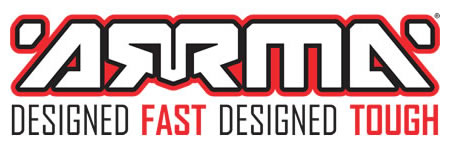
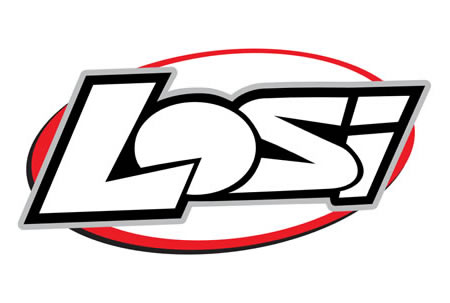
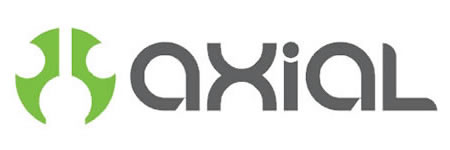
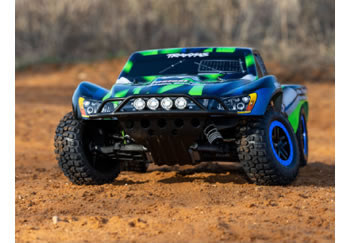
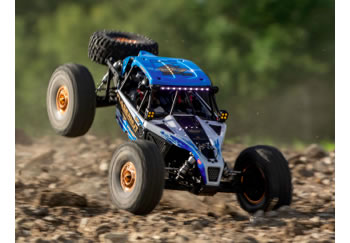
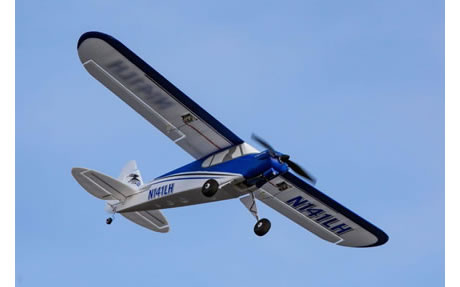
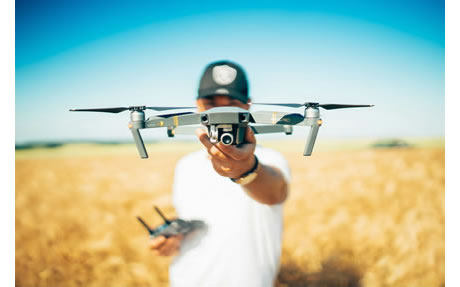
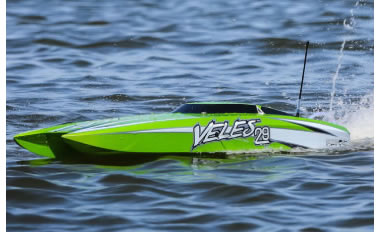
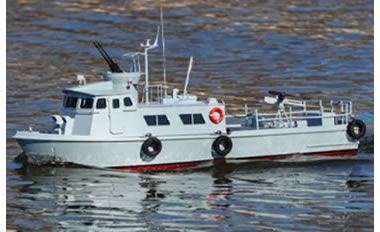
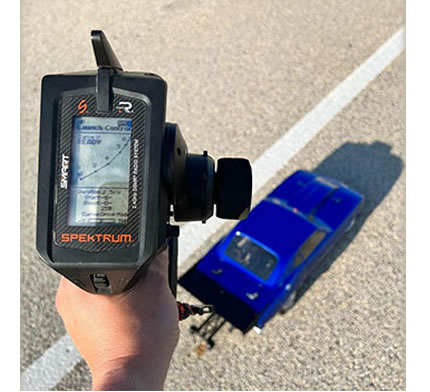
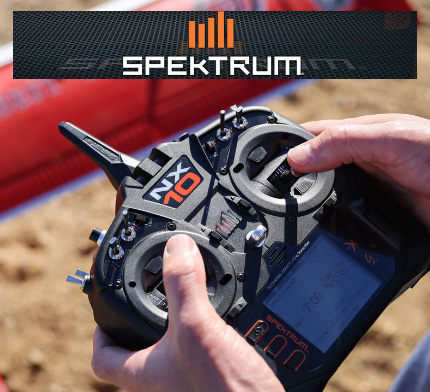
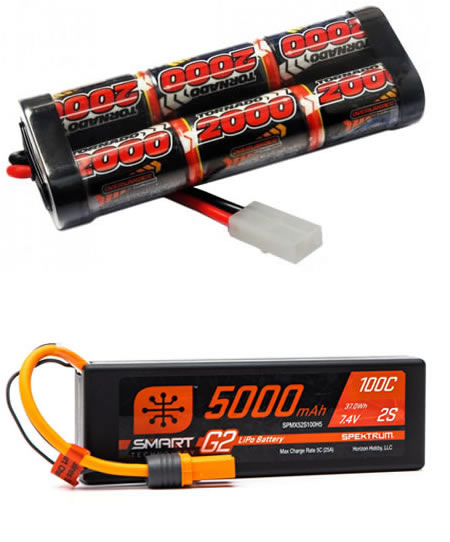
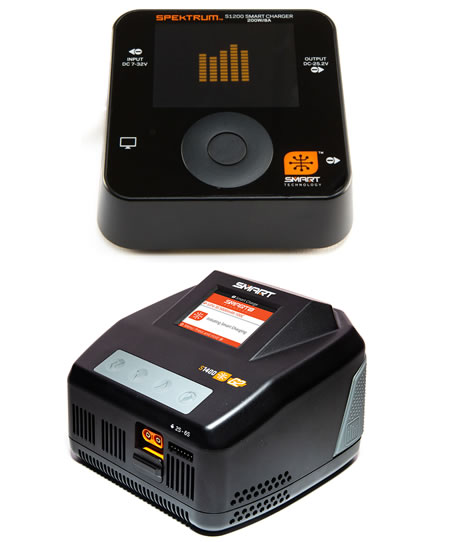

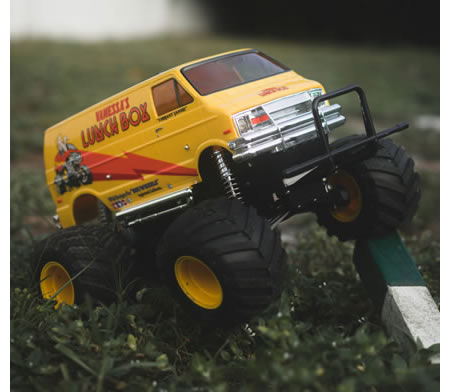
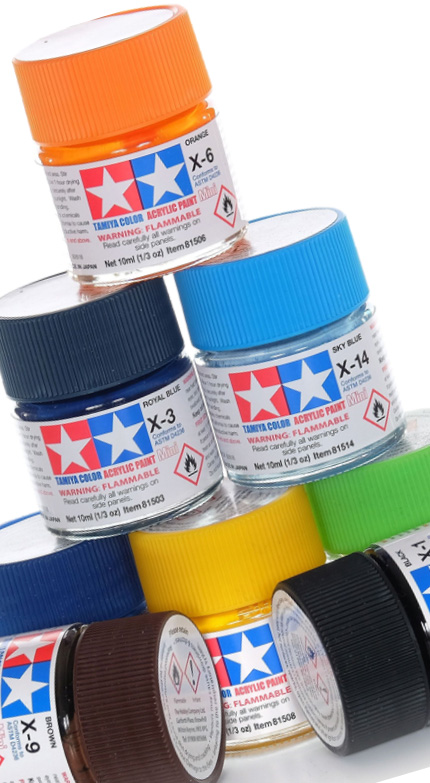
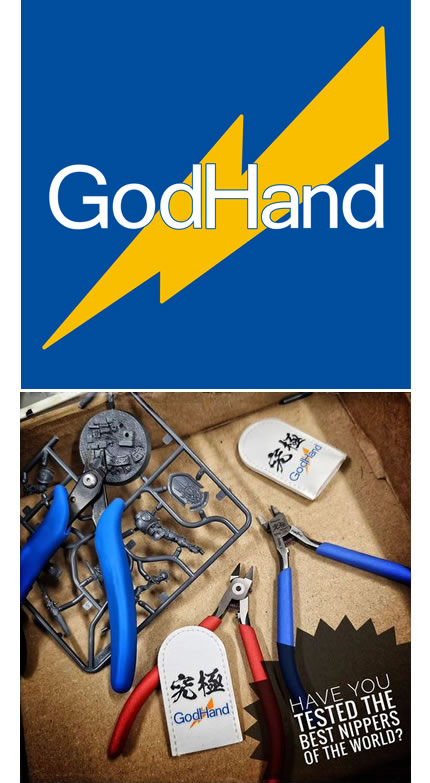
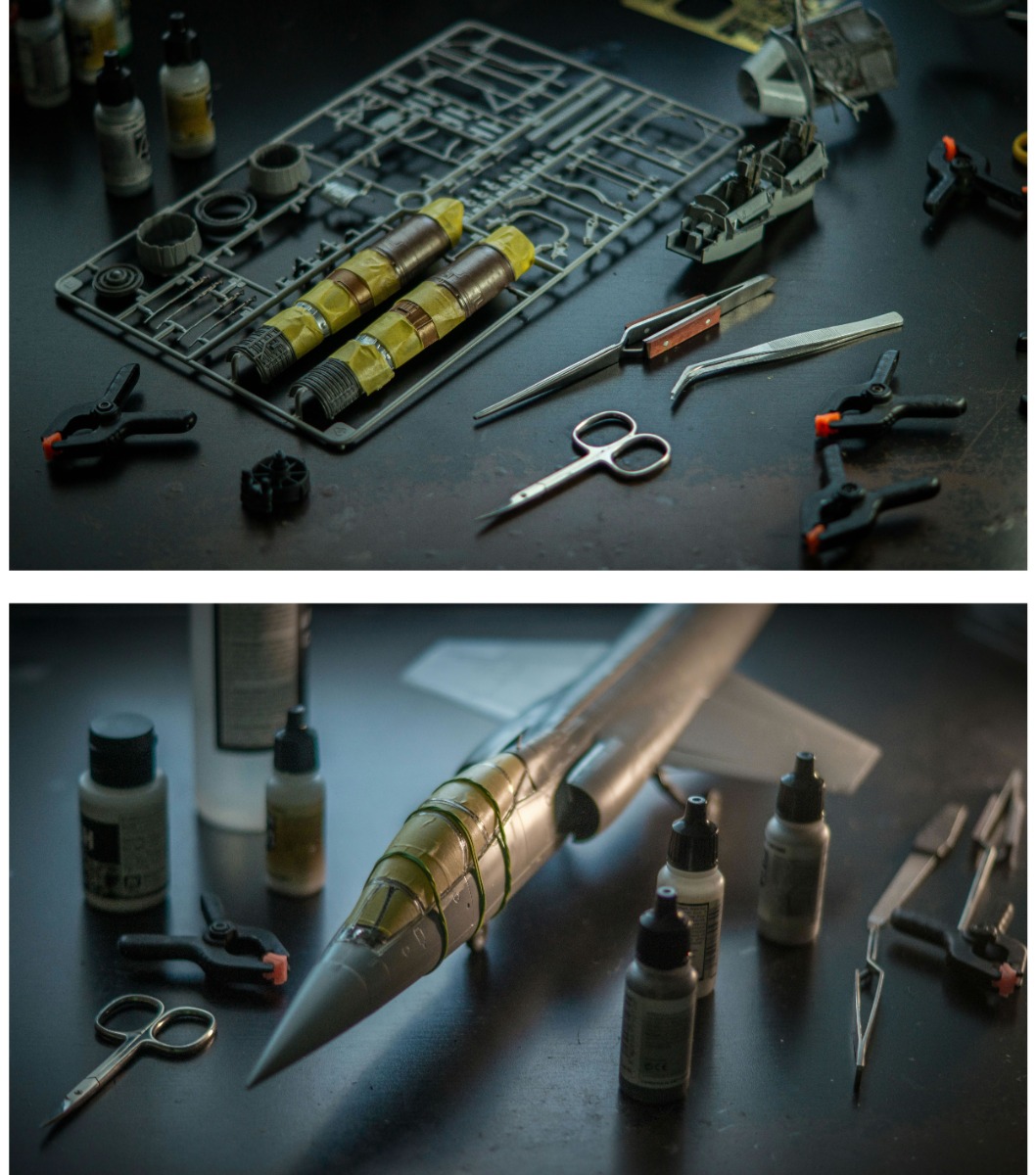
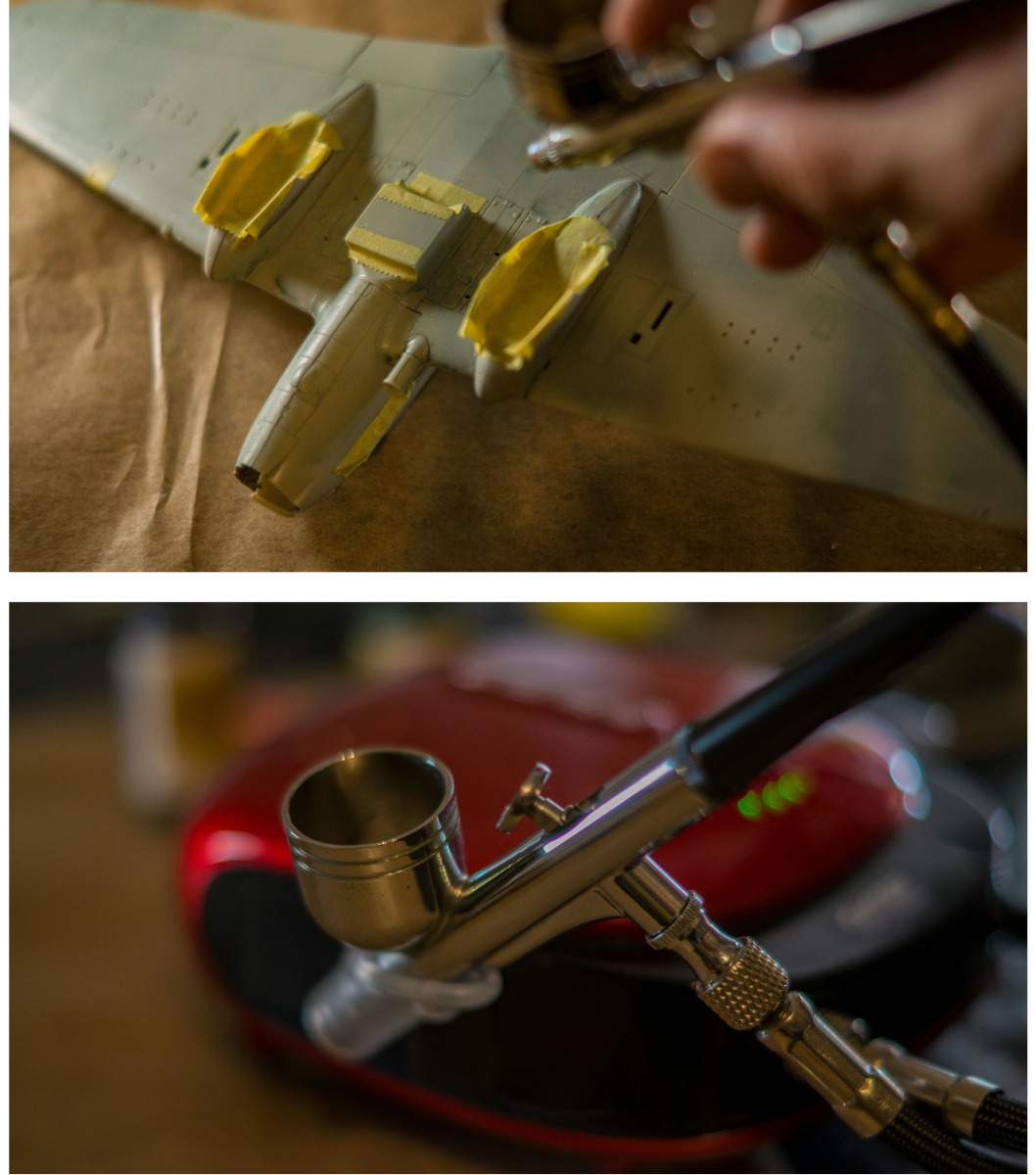
 Spread the cost with Paypal Credit
Spread the cost with Paypal Credit
 Spread the cost with Klarna
Spread the cost with Klarna


